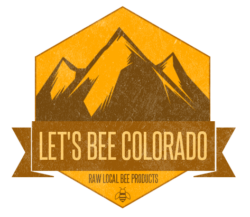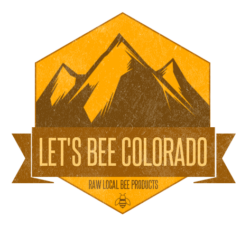I am a huge proponent of providing hives with both quilt and candy boards over the winter months. I run workshops on occasion to teach you new beekeepers how to make their own quilt and candy board, or I can make them for individuals. Here are the main purposes and benefits of these boards, how they are used in beekeeping, and their impact on hive management and bee health.
QUILT BOARDS
Quilt boards, also known as moisture quilts or ventilation boards, are an essential component of modern hive management. Traditionally, they were made of fabric or burlap, but today, many beekeepers use wooden or plastic quilt boards. The primary purpose of a quilt board is to regulate moisture levels and maintain optimal hive conditions.
a. Moisture Control:
Excessive moisture inside the hive can lead to issues such as condensation, mold, and respiratory problems for the bees. Quilt boards help in moisture control by providing ventilation and insulation. They create an airspace between the inner cover and the top of the hive, allowing moisture to escape without exposing the bees to cold drafts. The moisture condenses on the quilt board’s upper surface and is then absorbed by the absorbent material, preventing it from dripping back onto the bees.
b. Winter Insulation:
During colder months, quilt boards play a vital role in insulating the hive. The airspace created by the quilt board acts as an extra layer of insulation, reducing heat loss and keeping the colony warm. The absorbent material within the quilt board retains heat and helps maintain a stable temperature within the hive.
c. Pest Control:
Quilt boards can also aid in pest control. Some beekeepers incorporate essential oils or other substances into the absorbent material to deter pests like small hive beetles or Varroa mites. These substances create an inhospitable environment for the pests and help keep their populations in check.
d. Emergency Feeding:
In times of food scarcity or emergency situations, quilt boards can be utilized for emergency feeding. By placing a sugar or candy mixture on the quilt board, beekeepers provide the bees with a source of nutrition without disturbing the hive. This method is particularly useful during colder months when accessing the hive for feeding can cause undue stress to the bees.
CANDY BOARDS
Candy boards, as the name suggests, are specialized feeding boards that provide a supplemental food source to the bees. They consist of a solid board with an aperture for access and a layer of candy or sugar mixture placed on top. Candy boards serve several purposes and are especially useful during periods of low nectar flow or when beekeepers need to provide supplementary feed to the colonies.
a. Winter Feeding:
One of the primary uses of candy boards is winter feeding. During the colder months, when floral resources are scarce, candy boards provide the bees with an accessible and reliable food source. The candy or sugar mixture acts as an emergency food reserve, ensuring that the bees have sustenance to survive the winter.
b. Colony Expansion:
Candy boards can also be used to stimulate colony expansion and growth. By placing a candy board on top of the hive, beekeepers can encourage the bees to move upward into additional hive boxes. This technique is particularly helpful when beekeepers want to expand their colonies or encourage bees to draw out comb in new hive boxes.
c. Medication Delivery:
Candy boards can be an effective method for administering medications or treatments to the bees. Beekeepers can mix medications, such as essential oils or varroa control treatments, into the candy or sugar mixture. As the bees consume the candy, they receive the necessary medications or treatments, promoting the health and well-being of the colony.
d. Observation and Monitoring:
Candy boards offer an opportunity for beekeepers to observe and monitor their colonies. By lifting the candy board and inspecting the sugar mixture, beekeepers can assess the bees’ feeding activity, colony strength, and overall health. Changes in consumption patterns or the presence of abnormalities in the candy can provide valuable insights into the colony’s condition.
In conclusion, quilt boards and candy boards are valuable tools in modern beekeeping practices. Quilt boards help regulate moisture levels, provide insulation, aid in pest control, and offer emergency feeding options. Candy boards, on the other hand, provide supplemental feeding during periods of low nectar flow, stimulate colony expansion, deliver medications, and allow for observation and monitoring of the hive. When used correctly, these boards contribute to the overall health and well-being of the bee colonies here in Colorado, ensuring their survival and productivity. By incorporating quilt boards and candy boards into your management strategies, you can enhance hive conditions, promote bee health, and increase their chances of success in this fascinating and important endeavor.


